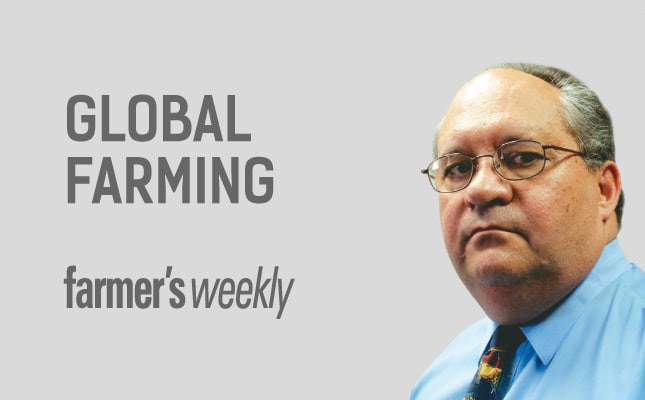
In the third quarter of 2015, the global economy grew by 3,5%. This dropped to 1,9% in the fourth quarter. Weaker economic conditions in China, India and Russia resulted in a sharp decrease in growth in developing economies. Slower growth in the US and Japan resulted in slower growth in developed markets.
In the Euro area, growth slowed down slightly towards the end of 2015. According to the European Central Bank, the downside risk to growth in the Euro area has increased. Weaker conditions in emerging markets, increased market volatility and geopolitical risk are the main reasons for the pessimistic outlook.
Developing economies are also not expected to perform well. In China, growth moderated to 6,7% in the final quarter of 2015 from the 7,1% achieved in the third quarter.
This reflected the rebalancing of the Chinese economy away from investment and manufacturing to consumption. Growth in India plummeted from 10,4% in the third to -1,2% in the fourth quarter of 2015. The recession in Brazil continues.
In January 2016, the International Monetary Fund revised its estimated economic growth figures downwards for developed and developing countries.
The global economy is expected to grow by 3,4% in 2016, improving slightly to 3,6% in 2017. Advanced economies will continue to grow at a slow rate of 2,1%/ year, and the developed world’s economy will grow by 4,3% in 2016, improving to 4,6% in 2017. The outlook for economic growth in 2016 and 2017 remains subdued.
Food prices generally follow other commodity prices. Brent oil prices reached its lowest level of less than US$30 per barrel in 12 years in January 2016. The current price is 75% below the mid-2014 peak.
Future prices show a slight improvement in oil prices in coming months. The monthly food price index of the UN’s Food and Agricultural Organisation (FAO) stood at 151 in March, 12% down on the March 2015 level of 171,5. There has been a sharp decrease in the FAO indices for meat and dairy since January 2014.
International prices will probably not recover before commodity prices recover. Slightly higher economic growth in 2017 may result in some improvement in international prices.
The decrease in international grain prices is not reflected in SA grain prices. Maize prices did decrease from January 2016, but prices are still substantially above the 2015 levels.
White maize trades on Safex at R4 430, double the January 2015 price; yellow maize trades at R3 121, up 63%. Both white and yellow maize trade above or near to import parity levels, showing the uncertainty about the SA crop.
For the summer grain- producing area, the crisis period will be the next planting season. Many farmers might find it difficult to obtain production credit for the 2016/2017 summer grain crop.
Vegetable and fruit prices have reached record levels and will probably remain high. The reason is a shortage of supply and the majority of farmers are not really benefiting.
Extensive livestock farmers faced the worst drought in many years, resulting in a decrease in herd sizes. Higher prices can be expected in future. Lamb and mutton prices increased sharply, but have decreased again since the beginning of March.
Higher supply may be a factor but the very high lamb prices probably resulted in some consumers switching to less expensive beef or even poultry.
Consumer demand is largely driven by the growth in income and size of the middle class. This has resulted in higher sales of agricultural products at higher prices in the past. The demand effect of the current sharp increase in food prices may have a larger negative effect on demand than the positive effect of the increase in income.
While farmers in general can probably expect higher prices in coming months, there are worrying signs that consumers will not be able to afford the higher prices.




